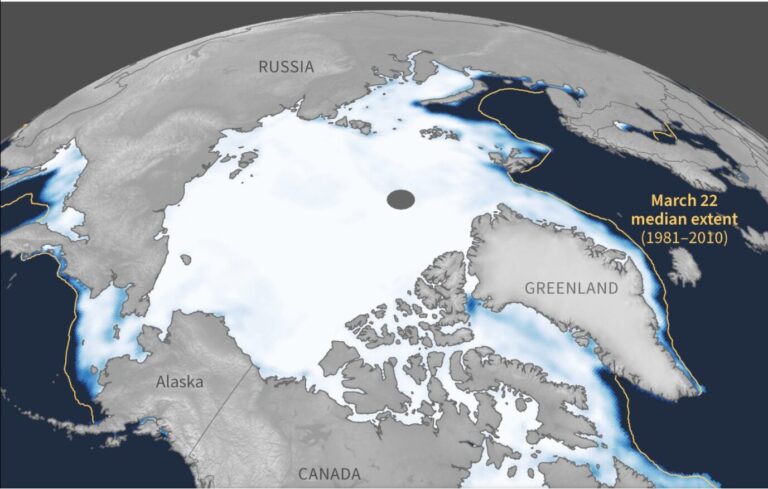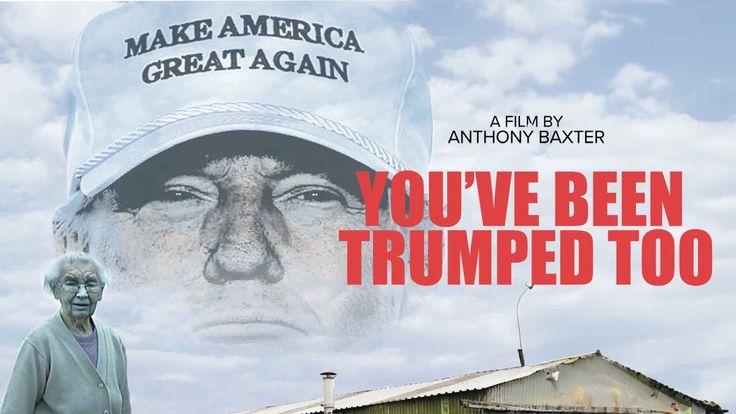
Bowling for Columbine is a 2002 American documentary film written, produced, directed, and narrated by Michael Moore. The film explores what Moore suggests are the primary causes for the Columbine High School massacre in 1999 and other acts of gun violence. He focuses on the background and environment in which the massacre took place and some common public opinions and assumptions about related issues. The film also looks into the nature of violence in the United States.
A critical and commercial success, the film brought Moore international attention as a rising filmmaker and won numerous awards, including the Academy Award for Best Documentary Feature, the Independent Spirit Award for Best Documentary Feature, a special 55th Anniversary Prize at the 2002 Cannes Film Festival,[2] and the César Award for Best Foreign Film.[3] The film is considered one of the greatest documentary films of all time.[4][5][6][7]
Climate of fear
Moore contrasts his portrayal of the U.S. attitude toward guns and violence with the attitude prevailing in areas of Canada where gun ownership is at similar levels to the U.S. He illustrates his thesis by visiting neighborhoods in Canada near the Canada–U.S. border, where he finds front doors unlocked and much less concern over crime and security. In regards to the film, Farber states “Moore’s thesis, which he later elaborated in Fahrenheit 9/11, is that the fear-mongering that permeates American society contributes to our epidemic of gun violence”. Moore shows news stories in Canada that do not follow the “if it bleeds it leads” mentality. This adds to Moore’s argument that the media is driving America’s fear as well as their need for protection.
The cartoon “A Brief History of the United States of America” encompasses Moore’s view of where the fear in America started and how it’s progressed and changed over the years.[17]
In this section, there is a montage of several social pundits stating possible causes for gun violence. Many claim links with violence in television, cinema, and computer games; towards the end of the montage, however, the same people all change their claims to Marilyn Manson‘s responsibility. Following this is an interview between Moore and Marilyn Manson. Manson shares his views about the United States’ climate with Moore, stating that he believes U.S. society is based on “fear and consumption”, citing Colgate commercials that promise “if you have bad breath, [people] are not going to talk to you” and other commercials containing fear-based messages. Manson also mentions that the media, under heavy government influence, had asserted that his influence on the acts of Klebold and Harris was far greater than that of President Clinton, who ordered more bombings on Kosovo on April 20, 1999, than any other day during the NATO campaign against Yugoslavia. When Moore asks Manson what he would say to the students at Columbine, Manson replies, “I wouldn’t say a single word to them; I would listen to what they have to say, and that’s what no one did.”[18]
South Park co-creator Matt Stone—who grew up in Littleton—agreed to talk with Moore about his hometown and the shooting in the film. Although he did not feel that Moore mischaracterized him or his statements in the film, he harbored ill feelings about the cartoon “A Brief History of the United States of America”. Both Stone and his fellow South Park creator Trey Parker felt that the cartoon was done in a style very similar to theirs, and its proximity to Stone’s interview may have led viewers to believe that they created the cartoon. “It was a good lesson in what Michael Moore does in films. He doesn’t necessarily say explicitly this is what it is, but he creates meaning where there is none by cutting things together,” Stone remarked in a later interview.[19] As a humorous retort to this, Stone and Parker portrayed Moore as “a gibbering, overweight, hot-dog-eating buffoon” who ultimately commits a suicide bombing against the protagonists in their 2004 film, Team America: World Police.[20]
Statistics
Moore follows up by exploring popular explanations as to why gun violence is so high in the United States. He examines Marilyn Manson as a cause but states that more German citizens listen to Marilyn Manson (per capita) and that the country has a larger Goth population than the United States, with less gun violence (Germany: 381 incidents per year). He examines violent movies, but notes that other countries have the same violent movies, showing The Matrix with French subtitles (France: 255 incidents per year). He also examines video games but observes that many violent video games come from Japan (Japan: 39 incidents per year). He concludes his comparisons by considering the suggestion that the United States’ violent history is the cause, but notes the similarly violent histories of Germany, Japan, France, and the United Kingdom (68 incidents per year). Moore ends this segment with gun-related-deaths-per-year statistics of the following countries:
- Japan: 39 (0.030/100,000)
- Australia: 65 (0.292/100,000)
- United Kingdom: 68 (0.109/100,000)
- Canada: 165 (0.484/100,000)
- France: 255 (0.389/100,000)
- Germany: 381 (0.466/100,000)
- United States: 11,127 (3.601/100,000)





14 Comments
Pingback: เกมออนไลน์ LSM99
Pingback: ราคาบอลวันนี้
Pingback: white berry runtz
Pingback: ธรรมนูญครอบครัว
Pingback: 123auto
Pingback: ซื้อทราย หาดใหญ่
Pingback: บับเบิ้ล
Pingback: steenslag folie
Pingback: online chat
Pingback: 999BET ทางเข้าเว็บเดิมพันเว็บตรงที่ดีที่สุด
Pingback: สล็อตแตกง่าย
Pingback: webcam tokens
Pingback: videochat
Pingback: สล็อตทุนน้อย